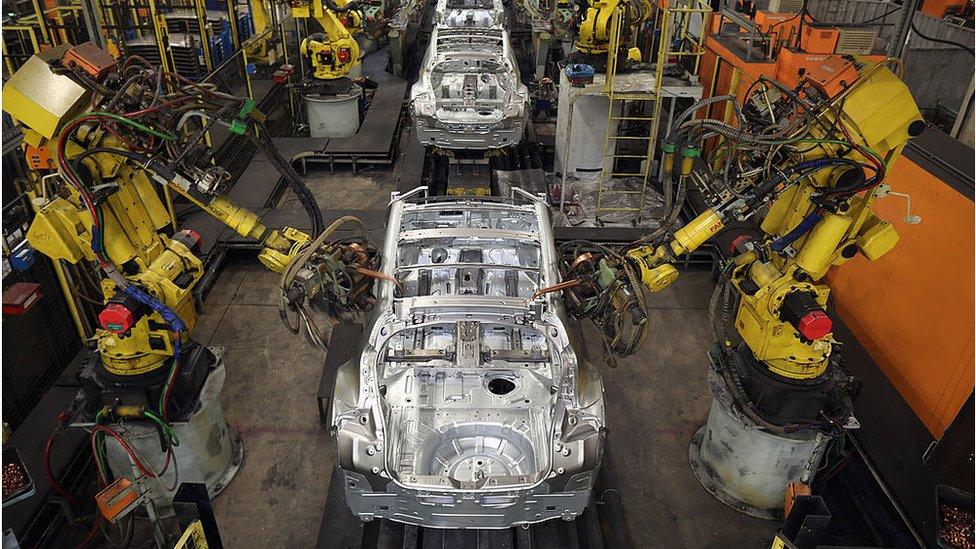Cambridge University tests robot to harvest lettuces
- Published
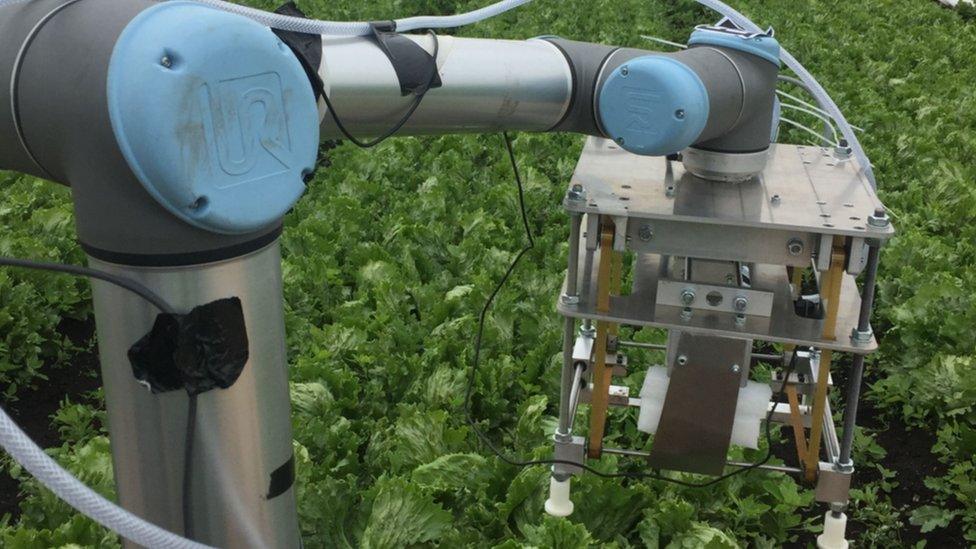
The Vegebot identifies the 'target' crop within its field of vision, then determines whether a lettuce is healthy and ready to be picked
A vegetable-picking robot has undergone successful trials harvesting lettuces from fields, scientists said.
The University of Cambridge's "Vegebot" was designed to recognise and pick iceberg lettuces in a lab setting.
The team said it had now been successfully tested in a variety of field conditions.
It would be a while before the robot replaces human pickers as the prototype "is nowhere near as fast or efficient as a human worker" using a knife.
Crops such as potatoes and wheat have been harvested mechanically for decades, but crops like iceberg lettuce have resisted automation as they are more challenging to pick as they grow relatively flat to the ground and are more easily damaged.
"If we can make a robotic harvester work with iceberg lettuce, we could also make it work with many other crops," said Simon Birrell from Cambridge's Department of Engineering who co-authored a report in The Journal of Field Robotics, external.
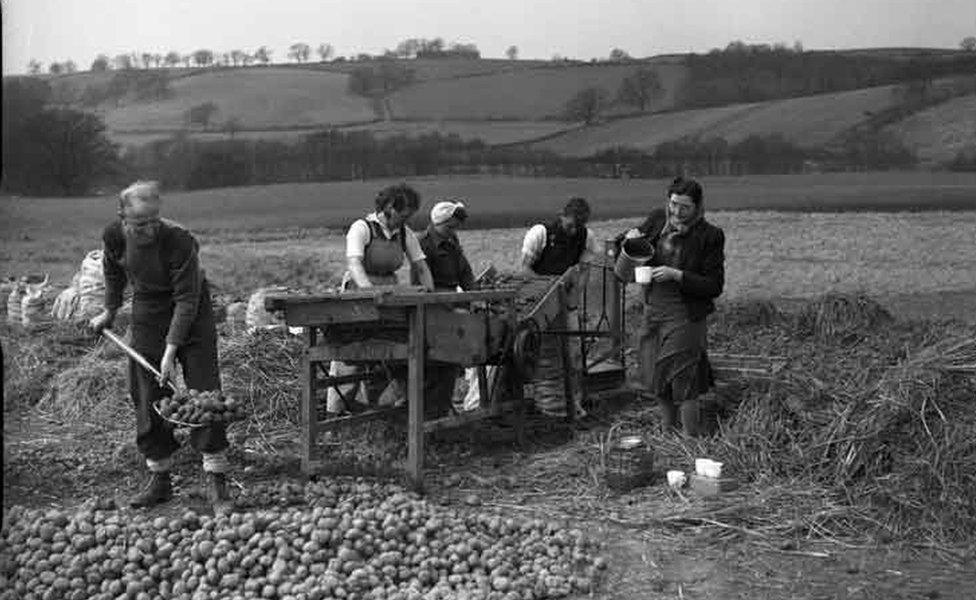
"We've still got to speed our Vegebot up to the point where it could compete with a human," said Josie Hughes
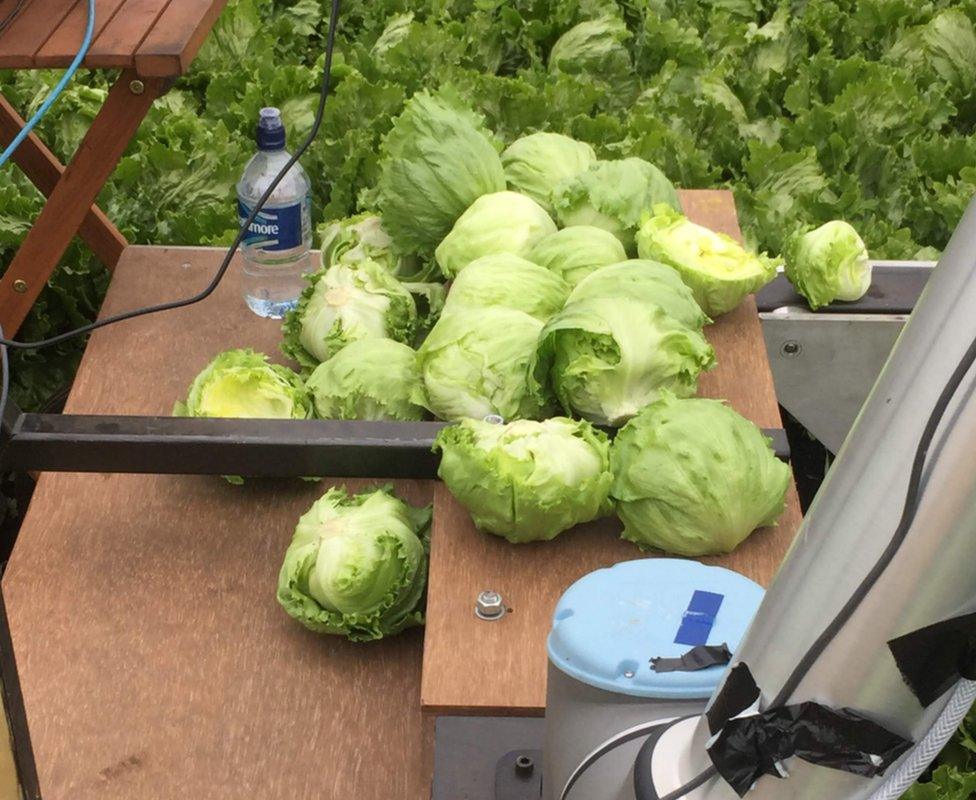
Scientists said the robot is also collecting data about lettuce, such as which fields have the highest yields
The Vegebot has two main components - a computer vision system using cameras and a cutting system.
"For a human, the entire process takes a couple of seconds, but it's a really challenging problem for a robot," said co-author Josie Hughes.
The researchers developed the machine to recognise different sizes of lettuce.
The force of the machine's grip could be adjusted for cutting other crops, which grow above ground.
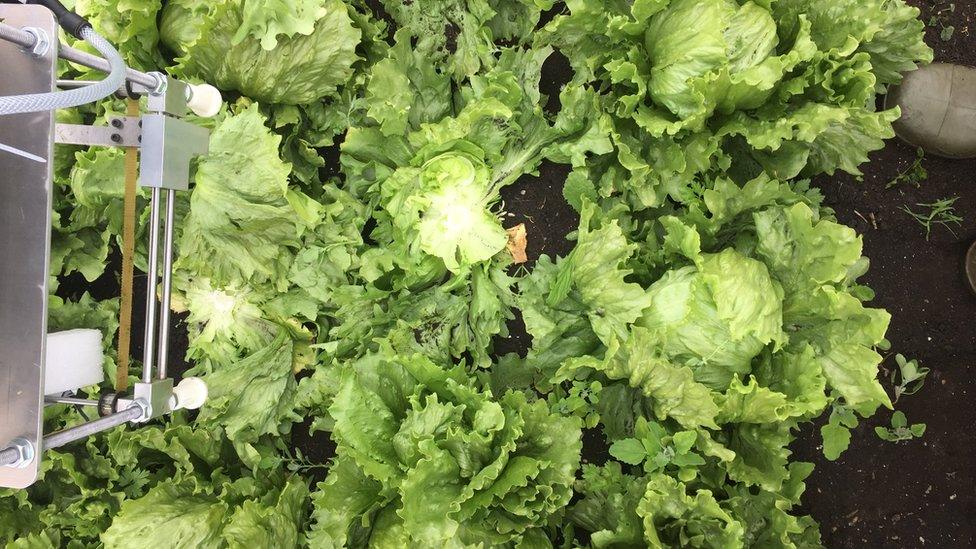
The project team said the Vegebot was able to work out which crops were not ready for harvesting and could therefore come back for them at a later date
At the moment, each field is typically harvested once by human labourers, and any unripe vegetables or fruits are discarded.
A robotic harvester could be trained to pick only ripe vegetables, and since it could harvest around the clock, it could perform multiple passes on the same field, returning at a later date to harvest the remaining vegetables.
"We've still got to speed our Vegebot up to the point where it could compete with a human, but we think robots have lots of potential in agri-tech," said Ms Hughes.
- Published26 June 2019
